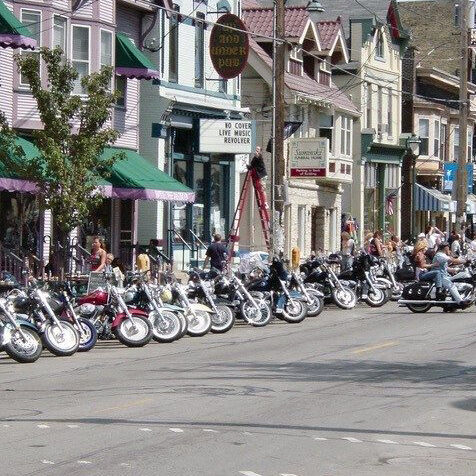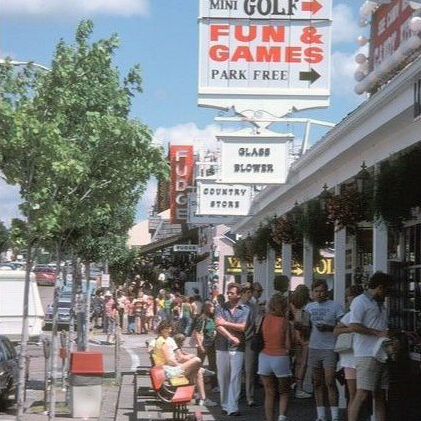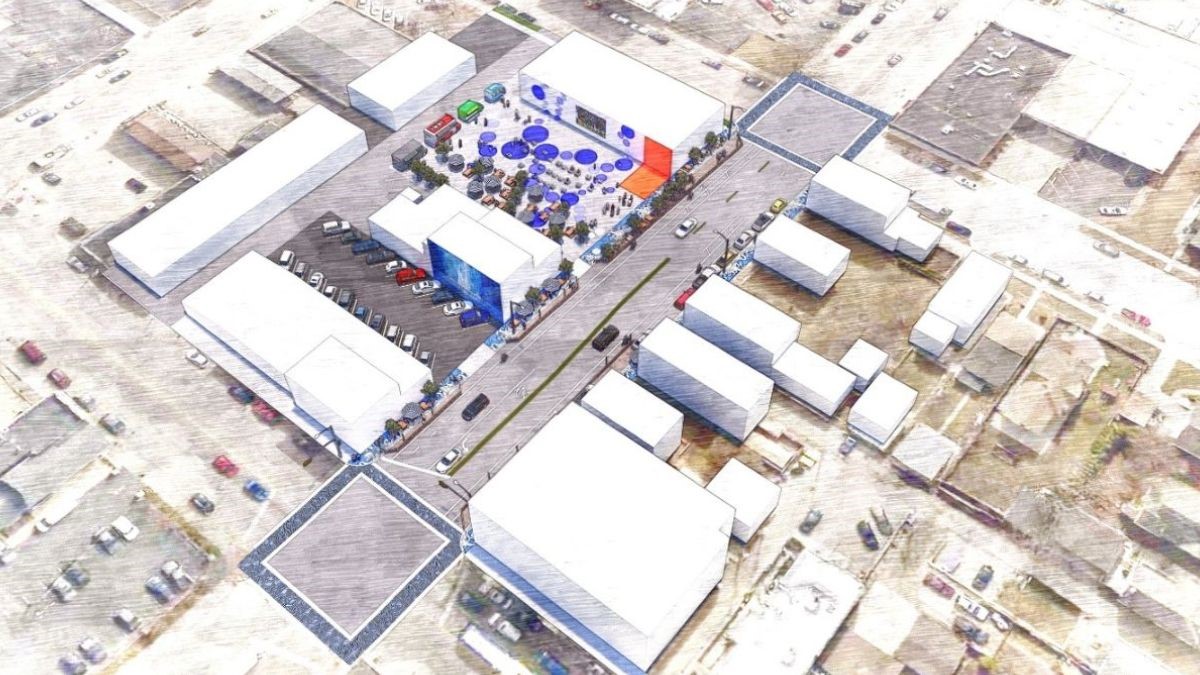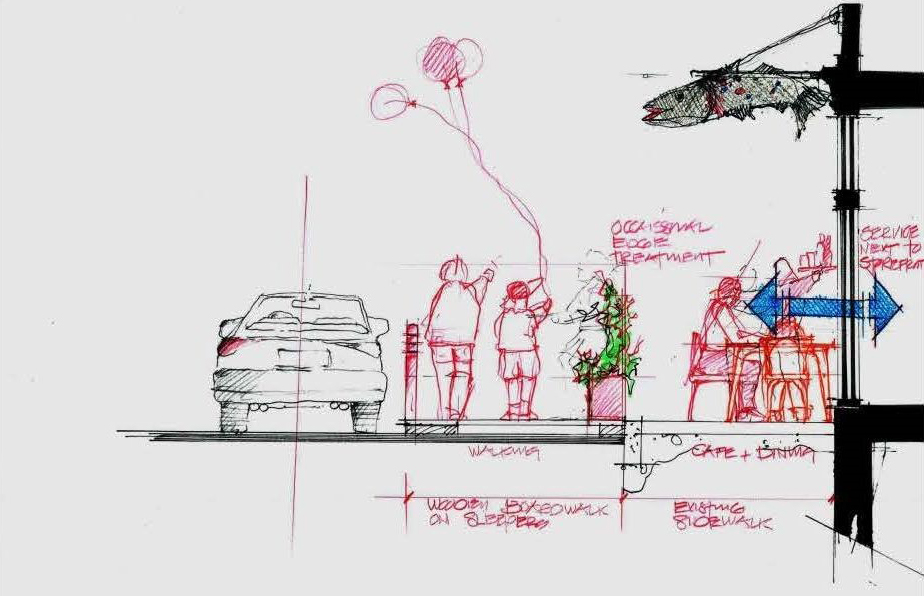Revive the Businesses and Social Framework We Lost
Business failures are more than economic losses – they are social wounds harming individuals, families, and neighborhoods alike. Throughout our economic history, however, “main” streets have bounced back through small scale resilience, lot-by-lot, business-by-business. Reviving these businesses will require an emphasis on social function.
The social character of online experience during this pandemic has been interesting, but it did replace main streets, village centers, waterfronts, and places that bring people together. In fact, the pandemic has taught us just how much we love places with high intensity social interaction. The resilience of Wisconsin Dells comes from its history as a social experience. The resilience of Brady Street (during Harleyfest) comes from the surrounding density that infuses this neighborhood main street with social interactions. Moreover, if one business on Brady Street fails, other businesses keep the street lively until a new entrepreneur arrives.
The point is simple: as this pandemic evolves, we should not retreat from public life, but hasten a healthy, safe, and inevitable revival.



Reuse Our Environments for New Private and Public Activities
Reusing our built environment must also include celebrations of our communities. All components of our business streets can be a canvas for new ideas. Streets, sidewalks, parking lots, building walls, vacant parcels – all of them can be reused in ways that create stronger social bonds and economic vitality. Empty buildings and underutilized infrastructure are not a new phenomenon. We must not ignore this part of our built environment but adapt it to new social and economic activity.
We can heal “main street USA” by customizing new uses, adding resources, adapting programs, and rewriting regulations. For example, the accompanying sketch shows one proposal for social reuse of vacant lots, building walls, and parklets on Second Street in Milwaukee. This type of action requires modest resources along with new regulations and programs. It builds continuity on a fragmented main street by using the gaps between buildings as opportunities for social activity. Reusing main streets in this way must be thoughtful, avoiding quick fixes and over-reactions. Planned recovery can start small and scale up incrementally. At GRAEF we are committed to continue this strategy of bottom-up planning for resilient main streets and dynamic community centers.


Remaking a neighborhood main street requires low-cost, high visibility, innovative improvements – not just a conventional streetscape, but customized components that fit the neighborhood and businesses.
Remake Our Built Environment with the Insights We Have Gained
Crises can unlock once-in-a-lifetime opportunities to remake our built environment. Some will blame the pandemic’s impact on density, others will point to social interaction. Some dense areas, however, did not become hotspots and some rural areas suffered more than others. Each community has its own story. Each neighborhood main street needs its own solution for remaking the built environment and social infrastructure. The accompanying sketches on illustrate one way to start small, remake an urban main street, and rethink our communities as social entities.
As planners we must take the long view in both directions – looking ahead to future decades while remembering historical lessons. For example, think about the aftermath of the Spanish Flu. During that pandemic people were forced to isolate, schools were closed, and public gatherings curtailed. Sound familiar? When that crisis ended, our communities realized that public life must be restored. Then, the decade following the Spanish Flu began one of the greatest periods of increased social interaction – they even called it the “Roaring Twenties” (not the “Reclusive Twenties”). Perhaps we can we become the “Resilient Twenties”? Let’s imagine that as we rebuild.
Next Steps
We will provide tools and training that planners can use to hear and elevate the voices of historically marginalized and disadvantaged residents.
- Encourage planners to develop relationships and partnerships with leaders and groups that can help draw underrepresented residents into planning processes.
- Identify and promote other community engagement methods that are effective at finding and elevating the voices of marginalized residents.
- Use the APA-WI Equity Network for Peer Training.
Ready to continue the conversation?
GRAEF’s Planning + Urban Design team sees this as the time to remake our neighborhoods, districts, and larger communities – to foster a new era of social connectedness and social resilience. “We are all in this together,” not just through the pandemic, but through the recovery and beyond.
Please let us know your thoughts and if you would like to continue the conversation. You can reach us at planning.urbandesign@graef-usa.com